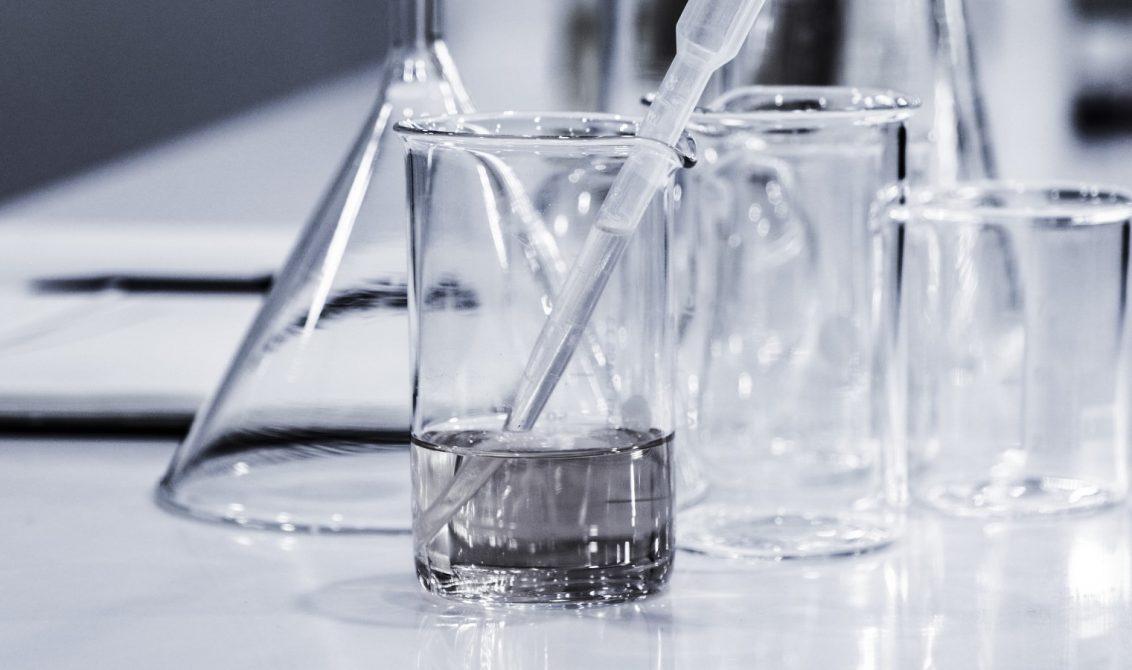
If you ask a kid what a science lesson looks like, they will probably conjure up an image of a Bunsen burner. Science has gotten much “cooler”, as international schools strive to offer more practical experiences.
“Experiential learning” is the process of learning through doing and reflection. Knowledge, skills and experience are gained outside of the traditional classroom setting, for example through field trips abroad.
It works as an effective teaching tool because it can be more engaging, and it enables greater personalisation of learning, says Brad McLain, a social scientist and co-director of the Experiential Science Education Research Collaborative (XSci) in the US.
Greater engagement
“It promotes engagement with young pupils who have grown up constantly distracted by technology such as social media,” he explains. “Getting kids outside of the classroom, building small robots or visiting scientific marvels such as volcanos, can hold their attention.”
But not all learning styles fit the experiential model and not every subject should be taught in this way, McLain says. “The classroom is still essential for pupils to master the material through traditional teaching tools such as textbooks and blackboards. But putting theory to work in practice can help solidify the learning through reflection on the exercise.”
He adds that research shows that people with particular learning styles can benefit more from experiential teaching, for instance those defined as having “converging” styles, because they are good at solving problems and making decisions — essential to experiential learning.
Experiential learning also can encourage young people to engage with science as a subject. It has never been more vital to make science lessons more appealing to young people. In economies across the globe, there is a dire shortage of people working in STEM (science, technology, engineering and math) fields. The UK alone faces a shortage of 124,000 engineers and technicians with core engineering skills each year.
Aaron Williamon, director of the Centre for Performance Science in London, says that it’s important to bring experiential learning into STEM education at the grassroots level because “even the briefest introductions can help people have a base of knowledge that can be translated later on in their career”.
He says: “For things to become automatic, that requires 100 hours of practice; for basic motor skills to become automated. It’s like learning to drive, you think of every step at first but then not at all, it becomes natural. Doing this early on can help start that process.”
Bringing learning to life
The British International School, Riyadh in Saudi Arabia tries to incorporate some kind of practical activity into every science lesson, according to Jonathan Andrews, assistant curriculum leader in science. “We attempt make science ‘real’ by either replicating parts or wholes aspects of classic experiments or by demonstration of scientific principles,” he says.
“This can range from children heating ice to steam to try and demonstrate latent heat, or a more dramatic class demonstration where the teacher will show some kind of exciting chemical reaction.”
Andrews says that experimental learning is essential for any rounded scientific understanding. “It certainly does engage children and it is one of the features of science that sets it apart from other subjects in a school. There has been a renewed focus on the scientific method in both the science GCSE and A-level curriculums and practical work is vital in truly developing this understanding. There is no doubt the children enjoy it, too.”
However, he believes the spread of experiential learning in schools has been limited due to the pressures of time and the vast amount of content international school teachers are required to cover. For some schools, budgetary pressure is also a hindrance to experiential teaching, with the most efficient way to teach large groups of children still a traditional classroom with textbooks.
Andrews says: “Practical activities take large amounts of time. With the time pressures to complete the course the practical activities are often the first to be sacrificed or curtailed. This is a huge shame but is the result of a focus on exam results.”
New methods of assessment
XSci’s McLain believes that traditional benchmarks of learning success — examinations and grades — cannot effectively measure whether someone has performed well in experiential tasks. He says explains to truly appreciate the benefits of experiential teaching, we must move beyond traditional methods of assessment, to a new way of determining academic success. “The benefits we see are out of the traditional sphere,” he says.
McLain argues that we should embrace traditional measures of “failure” because they offer an opportunity to learn. “An experiential learning experience can help us identify what we are good at, not good at and change our attitudes towards those subjects,” he explains.
“Rather than shying away from a topic because of a bad experience, we can learn from our failure, become more resilient and be encouraged to have another go at mastering the subject. You can’t measure that with a standardised test because it’s a semi-conscious reaction.”
Another big challenge for international school teachers who want to incorporate more experiential teaching into their curriculum, is the constant decision making about what is safe. “Science teachers tread a constant tightrope between exciting lessons and safety,” says Andrews at British International School, Riyadh.
“Children’s welfare and safety is of upmost importance and should never be compromised, but without some level of risk they will not ever get to light a Bunsen burner because of the chance of a burn or see an exciting chemical reaction due to the chance of a spill.
“As such, a science lesson with practical work in it must be risk assessed thoroughly. The teacher must be making constant judgement calls throughout the lesson. No two practical lessons ever work the same with different classes.”
He adds that teachers should observe each other preforming practical activities. “They pick up all kinds of tips. I am always wandering into other classes and finding great ideas.”
McLain, at XSci, agrees that teachers should practice what they preach. “Many times these teachers are in desperate need of inspiration, so they should get a first-hand experience,” McLain says. “Teachers should seek out those kinds of experiences and seek to experience them themselves first, because the benefits of experiential learning are huge.”
[Photo by Hans Reniers on Unsplash]

